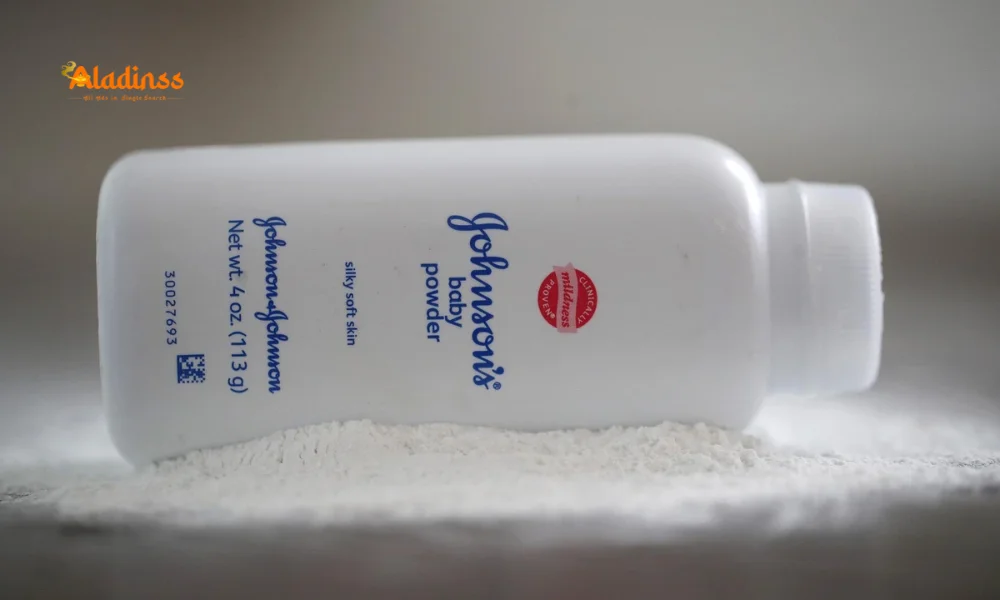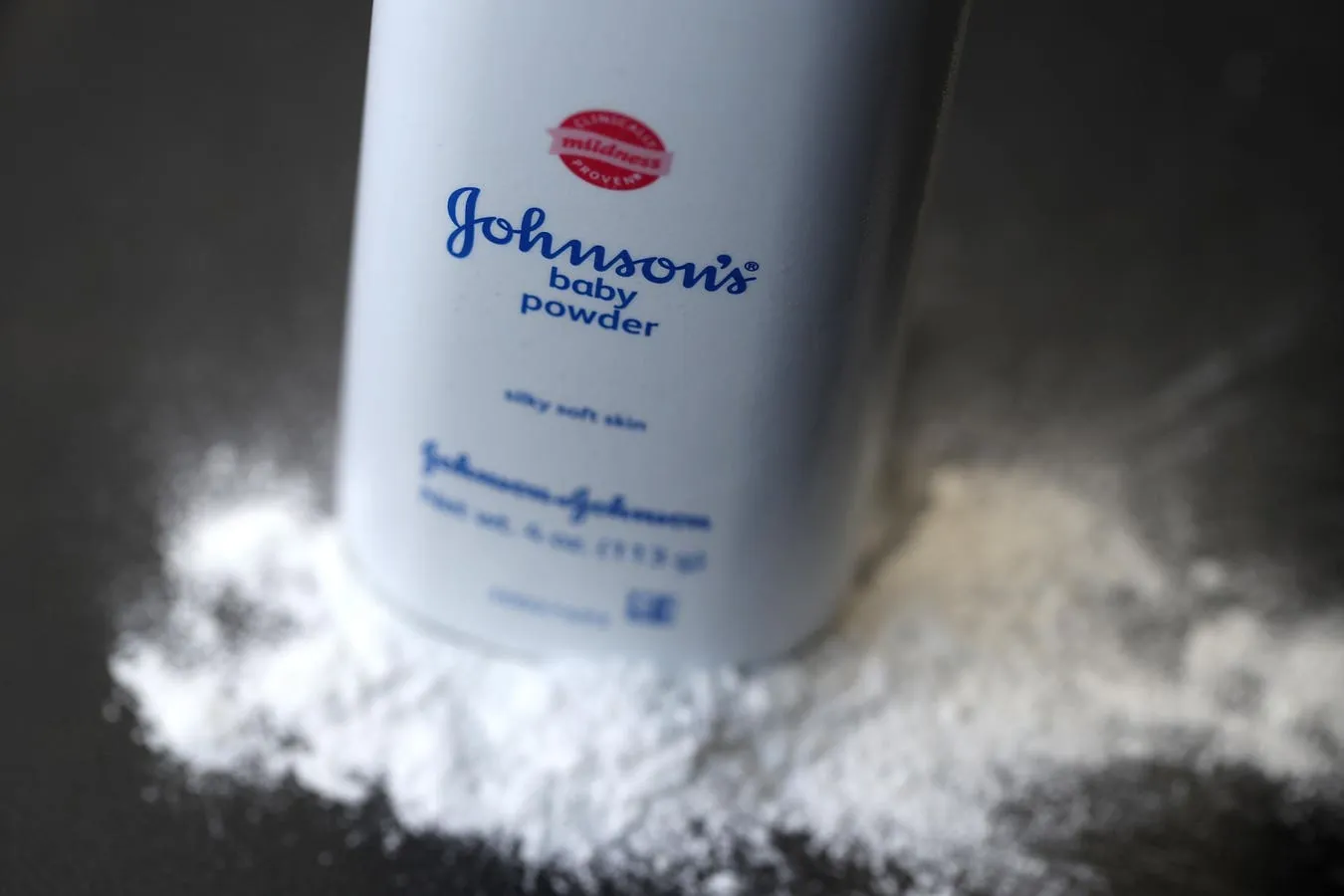J&J Talc Powder Cancer Verdict: $966M Award

US Court Slaps Johnson & Johnson with $966 Million Verdict in Talc Powder Cancer Lawsuit
A landmark ruling in a Los Angeles court has mandated Johnson & Johnson to pay approximately $966 million-equivalent to Rs 8,576 crore-to the family of Mae Moore, who succumbed to mesothelioma allegedly linked to long-term use of the company's talc-based baby powder. This verdict, delivered on October 7, 2025, underscores escalating scrutiny over talcum powder cancer risks, with the jury awarding $16 million in compensatory damages and $950 million in punitive measures for failing to disclose asbestos contamination. Amid over 67,000 pending lawsuits alleging ovarian cancer and mesothelioma from talc products, Johnson & Johnson talc lawsuit developments continue to intensify, prompting the company to announce an immediate appeal while maintaining its products' safety. The case revives concerns from Diane Berg's 1999 ovarian cancer suit, marking a pivotal win for plaintiffs in the decade-long battle against the pharmaceutical giant.

The Origins of Johnson & Johnson: From Humble Beginnings to Global Scrutiny
Established in 1886 in New Brunswick, New Jersey, by brothers Robert Wood, James Wood, and Edward Mead Johnson, Johnson & Johnson emerged as a pioneer in healthcare innovation. Initially focused on sterile surgical supplies, the company diversified into consumer staples like baby powder, shampoos, soaps, and oils, earning trust among parents worldwide for its gentle, everyday essentials. By the mid-20th century, its talc-based baby powder became a household staple, marketed as a safe absorbent for diaper rash and personal hygiene, symbolizing maternal care and reliability.
- Foundational Values: Emphasized quality and accessibility in surgical dressings and antiseptics.
- Consumer Expansion: Baby products drove global reach, with sales soaring in the 1950s-1970s.
- Legacy Products: Talc powder, introduced in 1894, became iconic despite emerging health debates.
- Modern Footprint: Now a $400 billion behemoth, but talc controversies threaten its reputation.
This storied history, once a beacon of trust, now faces reckoning as talcum powder ovarian cancer links surface in courtrooms, highlighting how unchecked innovation can lead to widespread harm.
Early Warnings: Diane Berg's Pioneering 1999 Lawsuit Against Talc Risks
The talc saga traces back to 1999 when Diane Berg, diagnosed with ovarian cancer, filed a groundbreaking lawsuit against Johnson & Johnson, asserting her decades-long use of its talcum powder contributed to her illness. Predating her case, peer-reviewed studies in The Lancet and the US National Cancer Institute had flagged perineal talc application as a potential carcinogen, with asbestos traces in mined talc potentially migrating to reproductive organs. Berg rejected a $1.4 million (Rs 12 crore) settlement offer, pushing for accountability and consumer warnings.
The Missouri court ruled in her favor in 2017, posthumously validating claims of inadequate labeling, awarding $72 million initially (later adjusted). This precedent ignited a firestorm, spawning thousands of talc mesothelioma lawsuits and billions in liabilities, forcing Johnson & Johnson to confront decades of alleged concealment.
The Mae Moore Verdict: A $966 Million Blow in Mesothelioma Case
In the latest escalation, the Los Angeles Superior Court jury on October 7, 2025, held Johnson & Johnson liable for Mae Moore's 2021 death from mesothelioma, a rare asbestos-linked lung cancer. Moore's family contended that asbestos fibers in the talc powder she used lifelong for hygiene caused the aggressive malignancy. The panel's decision-$16 million compensatory for medical and emotional toll, plus $950 million punitive to deter negligence-marks the largest single-plaintiff award in talc litigation history.
- Plaintiff's Burden: Proved decades of exposure via product records and expert pathology.
- Jury Rationale: Evidence of internal memos ignoring asbestos tests from the 1970s.
- Damages Breakdown: Compensatory covers funeral costs; punitive signals corporate malfeasance.
- Precedent Value: Strengthens over 90,000 pending claims, per court dockets.
Attorney Trey Branham hailed it as a step toward justice, while J&J's Erik Haas decried it as "junk science," vowing an appeal citing Supreme Court caps on punitive awards (typically under 9:1 ratio). This talc baby powder cancer verdict amplifies calls for transparency in consumer goods.
Scientific Backdrop: Asbestos in Talc and Cancer Mechanisms
Talc, a mineral silicate, is inert when pure but often contaminated with asbestos during mining-a known Group 1 carcinogen per the WHO. Perineal use allows fibers to travel via lymphatic pathways to ovaries or lungs, fostering inflammation and mutations. Landmark studies, including a 1982 Lancet analysis and NCI cohort data, correlate talc with 20-30% elevated ovarian cancer risk; mesothelioma links stem from inhalation risks in powders.
J&J's internal documents, unsealed in trials, reveal 1970s tests detecting asbestos yet no label changes until 2014. The company shifted to cornstarch in 2020 and ceased global talc sales in 2023, but legacy exposure fuels ongoing talcum powder mesothelioma claims.
Johnson & Johnson's Defense and Litigation Strategy
Johnson & Johnson steadfastly denies asbestos presence or causation, citing FDA-compliant testing and epidemiological reviews showing no definitive links. The firm has disbursed over $3 billion in settlements, including $700 million in 2024 for misleading safety claims across 43 states. Bankruptcy maneuvers-three rejected proposals totaling $8-10 billion-aimed to cap liabilities but faltered on fairness grounds, pushing cases to state courts like California's.
- Appeal Grounds: Challenges punitive excess and evidentiary "junk science."
- Settlement History: $8.9 billion proposed for ovarian claims, now in mediation.
- Product Pivot: Cornstarch alternatives since 2020; full talc exit in 2023.
- Ongoing Burden: 67,000+ suits, with bellwethers set for 2026.
Critics argue these tactics delay justice, while supporters view them as defending scientific integrity amid emotional testimonies.
Broader Implications: A Watershed for Consumer Safety and Corporate Accountability
The Moore verdict, atop precedents like the 2018 Missouri $4.7 billion (reduced to $2.1 billion) for 22 plaintiffs, signals a tipping point in talc litigation. With 90,000+ cases consolidated in New Jersey, outcomes could reshape labeling laws, mine regulations, and class-action norms. For victims-often women of color with limited recourse-it affirms voices long dismissed, potentially accelerating $10 billion+ resolutions.
Globally, it prompts scrutiny of talc in cosmetics, urging alternatives like cornstarch or silica. J&J's stock dipped 2% post-verdict, but analysts predict insurance offsets. This chapter in Johnson & Johnson cancer lawsuit history underscores the perils of prioritizing profits over precaution, urging eternal vigilance in personal care.
As appeals loom, the fight endures, honoring Moore and Berg while safeguarding future generations from hidden hazards in trusted bottles.
Comment / Reply From
No comments yet. Be the first to comment!











